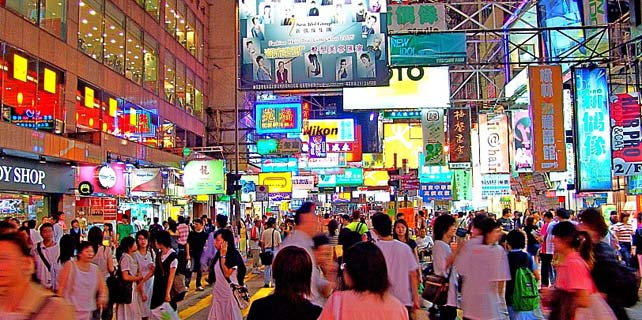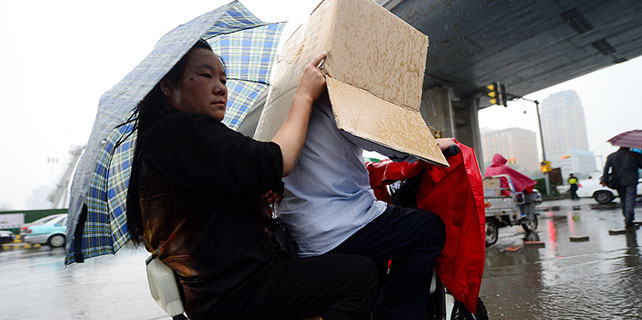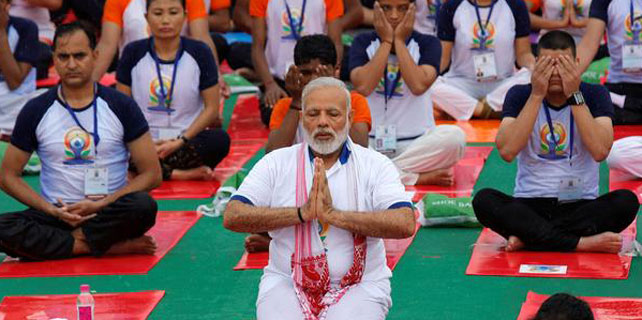Energy projects power up African growth
A number of clean energy projects, including Dongfang Electric Corp's Gibe III Dam project and China Electric Power Equipment and Technology's Grand Ethiopian Renaissance Dam, will help Africa realize industrialization and urbanization in an efficient way, officials said at a recent forum.
Due to the continent's inadequate infrastructure, Africa is in desperate need of electricity. Official statistics show that per capita energy consumption in Africa is only one-third of the global average and its 190-million-kilowatt installed capacity accounts for just 3 percent of the global total. More than half of the African population, over 600 million people, still live without electricity.
Africa has abundant clean energy resources and great potential in this field, while clean energy resources have a major role to play in resolving Africa's energy shortage, Liu Zhenya, chairman of the Global Energy Interconnection Development and Cooperation Organization, said at the 2017 World Hydropower Congress in Addis Ababa, the capital of Ethiopia.
He said that Africa's energy industry has huge potential, as the continent accounts for 10 percent, 32 percent, and 40 percent of global hydropower, wind power and solar energy reserves, respectively.
Dongfang Electric Corp supplied the mechanical and electrical equipment at Ethiopia's Gibe III Dam, which generates 6 billion kWh annually and created impressive economic benefits by doubling Ethiopia's installed capacity.
Meanwhile, an electricity transmission expressway has been built in Ethiopia, laying a solid foundation for energy interconnection throughout East Africa. The Grand Ethiopian Renaissance Dam, which was constructed by China Electric Power Equipment and Technology, a subsidiary of State Grid of China, has set the record for the longest transmission path, the highest voltage level, and the greatest output capacity in East Africa.
The dam upgraded the energy distribution and power network structure in Ethiopia, and helps the country to supply power generated from clean energy to neighboring countries.
"Transforming its rich water resources into electric power, and then transmitting it to neighboring countries, has always been a dream of people in Ethiopia. The transformation is of great significance to Ethiopia as well as the whole of East Africa," said Zhu Liwei, an official from the African Affairs Department of CET.
"We are not only transporting the equipment from China, but also our skills and standards. The localization rate of the equipment used in the projects has reached 100 percent. China's design, skills and standards are getting more and more acknowledgement globally," he said.
Seleshi Bekele, Ethiopia's minister of water, irrigation and electricity, said that as part of the Belt and Road Initiative, Global Energy Interconnection offers tremendous opportunities.
"Global Energy Interconnection in East Africa is a powerful driving force of local economic development."
Liu Zhenya, from GEIDCO, said that by 2050, Africa could provide 3.3 billion mWh of clean energy and reduce carbon dioxide emissions by 2.8 billion metric tons.
Zhuang Qiange contributed to this story.
















